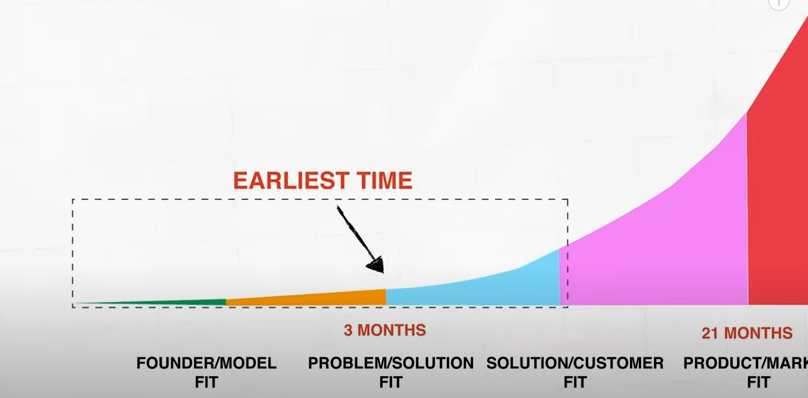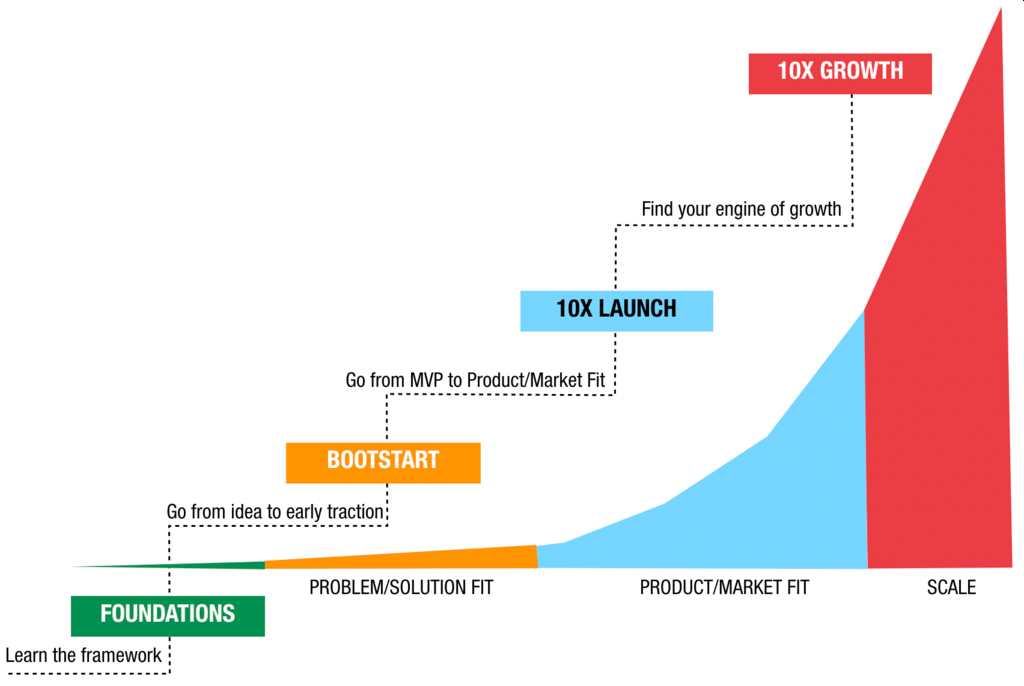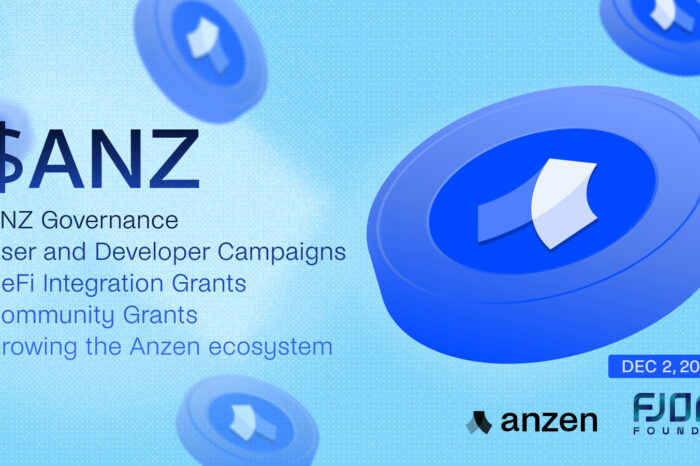Beyond Product-Market Fit: The Startup Milestones Every Founder Must Know

With the startup failure rate at an all-time high, having the right product-market fit is one of the many ways to boost your chances of success as a founder. Aligning your product with market demand is a crucial step toward sustainable growth.
While product-market fit is critical, its prominence has led to a common misconception that it’s the first step in building a successful business. Many founders and investors wrongly treat product-market fit as the first major milestone in a startup’s journey.
It’s easy to see why VCs emphasize it—product-market fit indicates readiness to scale—it’s not actionable for founders at the outset. Most products take about two years to achieve product-market fit, and the reality is that 80% of them never do.
For new founders, “product-market fit” often dominates the conversation. It’s presented as the holy grail of startup success—a milestone tied to growth, funding, and sustainability. This focus, however, can create the false impression that product-market fit is the starting point. In reality, it’s only one part of a broader framework needed to turn an idea into a successful business.
Before thinking about scaling, startups must pass through several foundational milestones. These steps are essential for laying the groundwork, ensuring that efforts are directed toward solving meaningful problems and building solutions that resonate with the right audience. Let’s explore these milestones and see how they fit into the lifecycle of a startup.
Startup Milestones
Startup fit stages represent key milestones in the lifecycle of a startup, each addressing a critical aspect of growth and validation. They serve as critical checkpoints for founders to systematically validate and grow their business ideas, ensuring they address the right problems and serve the right market.
These milestones are foundational in startup frameworks and methodologies such as Lean Startup, startup accelerators like Y Combinator, and VC pitch evaluations. They provide a clear structure to measure progress and direct resources toward the most critical priorities at each stage.

Credit: Ash Maurya –Lean Factory
1. Founder-Model Fit
At the heart of every great startup is a founder who’s deeply aligned with the business they’re building. Founder-model fit is about ensuring the person driving the venture has the passion, expertise, and stamina to succeed.
- Why it matters: A founder who connects personally to the problem is more likely to push through challenges. This alignment builds credibility with early hires, partners, and investors.
- Key considerations: Does the founder bring relevant skills or experiences to the table? Are they genuinely motivated by the problem? Without this connection, it becomes difficult to sustain momentum when obstacles arise.
Founders often overlook this step, diving straight into product development without asking if they’re the right person to tackle the challenge. But startups thrive when the founder and business model work together seamlessly.
2. Problem-Solution Fit
Before investing in a product, it’s crucial to ensure that the problem is real and the proposed solution is meaningful. Problem/solution fit focuses on confirming that the idea solves an issue worth addressing.
- The question to ask: Is the problem significant enough for people to care about solving it? A minor inconvenience won’t generate the same level of interest as a pain point that impacts daily life or business operations.
- How to validate: Conduct interviews, surveys, and experiments. A simple landing page test can gauge interest, while direct conversations with potential users uncover deeper insights.
This stage lays the groundwork for everything that follows. If the problem isn’t pressing or the solution doesn’t resonate, moving forward can lead to wasted resources.
3. Solution-Customer Fit
Even if the solution addresses a real problem, it’s meaningless without adoption. Solution/customer fit ensures the product meets the needs of its intended audience and delivers value they’re willing to embrace.
- What to focus on: Are customers using the product and finding it valuable? Is there evidence that it fits seamlessly into their lives or workflows?
- Signs of success: Positive feedback, repeat usage, and word-of-mouth recommendations. These indicators show the solution resonates with users and sets the stage for scaling.
This stage bridges the gap between validation and growth. It’s where startups refine their offerings based on customer input, ensuring they’re building something people want to keep using.
4. Product-Market Fit
Product-market fit is the ultimate goal of an early-stage startup and is often described as reaching the “Growth Stage Milestone,” marking the point where the business is ready to scale. It represents the turning point when a startup moves from survival mode to scaling mode. At this stage, the product not only solves a problem but does so in a way that attracts sustained demand.
- The big question: Does the product solve a problem for a large enough group of people to support a business? Are users not just adopting it but becoming advocates?
- How it shows up: Rapid user growth, increasing revenue, and strong retention rates. Customers may even recommend the product unprompted, signaling that it has become indispensable.
Reaching product-market fit often feels like crossing a finish line, but it’s actually the beginning of the next phase: scaling. Startups that achieve this milestone can focus on expanding their reach and optimizing operations.
In recent years, product-market fit has become a widely recognized concept, thanks to thought leaders in the startup space. Marc Andreessen, co-founder of Andreessen Horowitz, famously declared, “The only thing that matters is product-market fit.” This statement cemented PMF as the benchmark for evaluating a startup’s potential for success.
The Relationship Between Stages
Each stage builds on the previous one:
- Founder-Model Fit ensures the founder is equipped to address the problem.
- Problem-Solution Fit validates that there’s a real problem with a viable solution.
- Solution-Customer Fit ensures the solution resonates with a specific audience.
- Product-Market Fit takes the validated solution to a broader market for sustainable growth.
Skipping any step risks misalignment, wasted effort, or building something that doesn’t resonate. Each milestone is a checkpoint that ensures the startup is on the right path.

Credit: Ash Maurya –Lean Factory
A More Accurate Perspective
As you can see, product-market fit isn’t the starting line. It’s the culmination of multiple validations:
- The founder must align with the business (Founder-Model Fit).
- The problem must be real and worth solving (Problem-Solution Fit).
- The solution must resonate with the intended users (Solution-Customer Fit).
Once these foundations are laid, product-market fit becomes attainable. This step-by-step process minimizes risk, ensuring the startup solves meaningful problems for the right audience.
Why Understanding the Milestones Matters
Each of these stages provides clarity and focus, reducing the chaos that often accompanies building a startup. Rushing to product-market fit without addressing earlier stages can lead to wasted resources, disengaged customers, and burnout.
By following this framework, founders not only improve their chances of success but also build businesses with lasting impact. Whether you’re just starting out or re-evaluating your approach, these milestones are a powerful guide for navigating the challenges of building something meaningful.
Startup success isn’t about rushing to product-market fit. It’s about laying a strong foundation at every step. Founders who take the time to validate each milestone position themselves not just for growth, but for building businesses that last.




